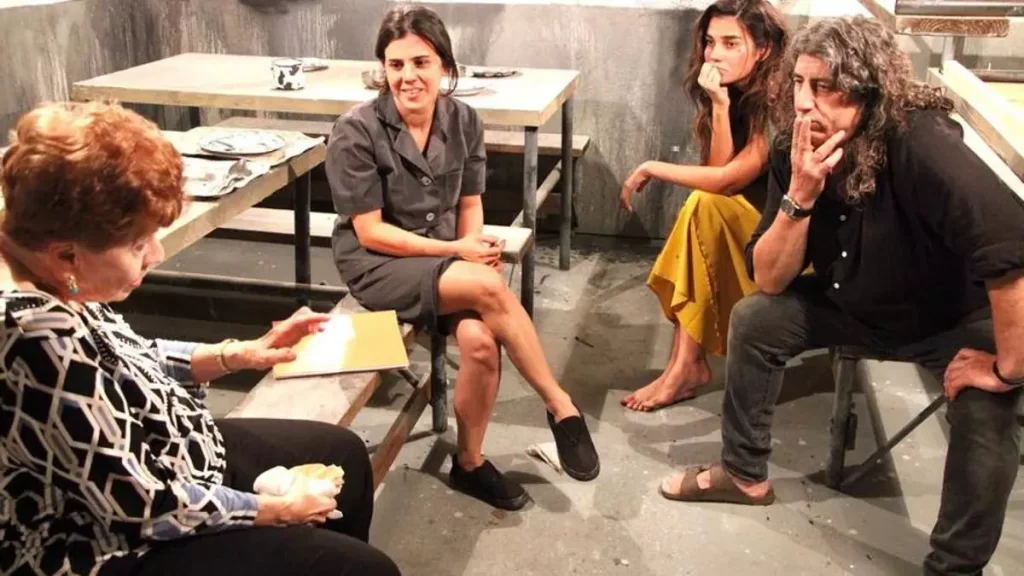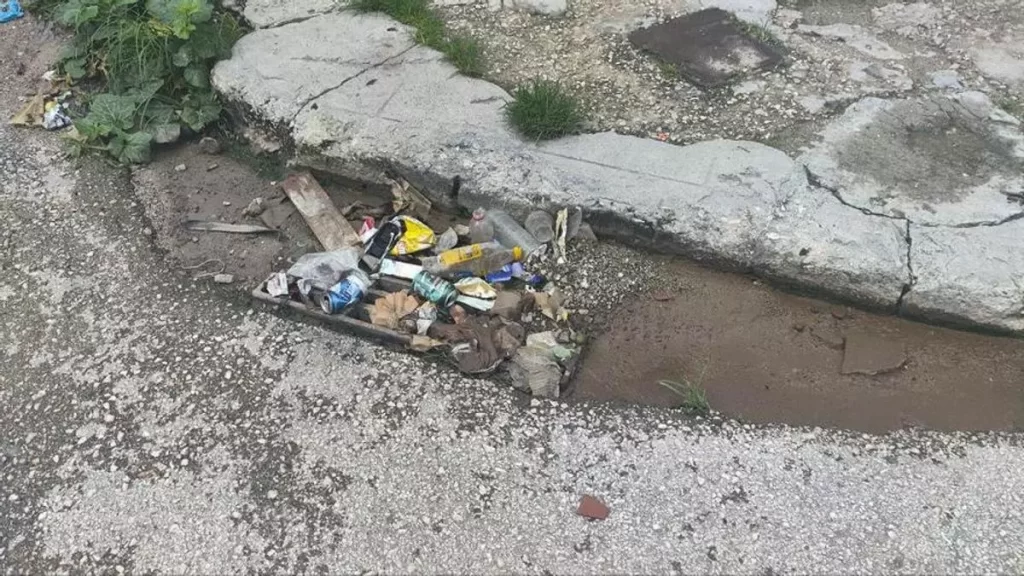The great Havana pimp was the dandy who dazzled everyone while riding his white braided-tail steed or walking his greyhounds through the streets of the capital

![]() 14ymedio, Yunior García Aguilera, Madrid, 23 June 2024 — Yarini has become news again. The great Havana pimp, the most bastard of national heroes, the greatest sex symbol of our myths, returns to the Cuban scene thanks to Carlos Díaz and theatre company El Público. Obviously, the regime’s moralistic halitosis has exhaled its discontent on social media. Why so? Well, because Yarini is not an accepted theme in the murals of the CDRs (Committee for the Defense of the Revolution,), but his tomb continues to receive flowers; because his name is not listed in the pantheon of the PCC (Cuban Communist Party), but it continues to inspire artists and poets. However, what irritates the one-party terrorists the most is not Yarini’s heterodox morals, but the neighborhood where he sculpted his legend, a name they would rather erase from all our maps today: the neighborhood of San Isidro.
14ymedio, Yunior García Aguilera, Madrid, 23 June 2024 — Yarini has become news again. The great Havana pimp, the most bastard of national heroes, the greatest sex symbol of our myths, returns to the Cuban scene thanks to Carlos Díaz and theatre company El Público. Obviously, the regime’s moralistic halitosis has exhaled its discontent on social media. Why so? Well, because Yarini is not an accepted theme in the murals of the CDRs (Committee for the Defense of the Revolution,), but his tomb continues to receive flowers; because his name is not listed in the pantheon of the PCC (Cuban Communist Party), but it continues to inspire artists and poets. However, what irritates the one-party terrorists the most is not Yarini’s heterodox morals, but the neighborhood where he sculpted his legend, a name they would rather erase from all our maps today: the neighborhood of San Isidro.
Alberto Manuel Francisco Yarini y Ponce de León was not just a pimp. If he had not died in the “war of the pant flies,” perhaps he would have held a position as a representative to the House for the Conservative Party, and who knows if his popularity would have brought him to the highest chair in the Republic. His funeral was attended by more than 10,000 people, including President José Miguel Gómez. His friends refused to load his coffin in the imperial hearse and decided to carry it on their shoulders to the Colón cemetery. Enrique José Varona was the first to place his signature on his obituary. Sindo Garay and Manuel Corona shared friendship and songs with him. His “ekobios” [brothers or friends in the Lucumí religion] sang the dirge “Enlloró” before the cemetery walls.
His friends refused to load his coffin in the imperial hearse and decided to carry it on their shoulders all the way to Colón cemetery
Yarini was the dandy that dazzled everyone while riding on his white braided-tail steed or walking his greyhounds through the streets of Havana. He had attended the best schools in Cuba and the United States. But he was also the guy willing to help the abused, rubbing shoulders with the disadvantaged, admiring and defending patriots who had lost favor. continue reading
One of the anecdotes that started his popularity occurred in the café El Cosmopolita. Yarini and other young men were chatting with Major General Jésus ’Rabbi’, a hero of the three wars. A few meters away, two foreigners looked at them in contempt. One of them muttered in English: “What a filthy country this is, where whites get together to drink with blacks.” Yarini was perhaps the only one in the group who understood the phrase. With his usual courtesy, he asked the Mambi hero to move. But already outside the café, the racists continued their mockery. So Yarini went from words to action by fracturing the more insolent man’s nose and jaw. Later on, it would be known that this man was the chargé d ’affaires of the United States Embassy, no less.
Yarini was not and did not intend to be a pure man. It is nonsense to judge him based on the current discussions about machismo and feminism. It is precisely his anti-hero quality that has inspired so many creators for more than a century. This ‘homme fatal‘ from Havana has been inspiration for writers from Leonardo Padura to the extreme government supporter Miguel Barnet. His person has been present in films such as “Secondary Papers,” by Orlando Rojas, or “Broken Gods,” by Ernesto Daranas. The most referential biographical essay is undoubtedly “San Isidro, 1910: Alberto Yarini and his time,” by Dulcila Cañizares.
But it is theater where the criollo Casanova has been fantasized about the most. There are almost a dozen drama plays inspired by him. The best known are “Requiem for Yarini,” by Carlos Felipe and”El Gallo de San Isidro“(San Isidro’s Rooster), by Brene. One of the most interesting plays is called “The French are not from Havana,” written by the exiled playwright Pedro Monge Rafuls, where the author recreates one of the most controversial rumors about the male-myth: the homoerotic relationship between Yarini and his best friend, Pepe Basterrechea. This storyline is not simply Monge’s creation. Even Cañizares herself subtly touches on it in her book.
The repressive apparatus’s spokespeople would be mocked if it were just another stupid trolling of the Cuban theater
I would have loved to see the version Norge Espinosa has written for “El Público,” but I am almost 7,500 kilometers from the Trianon of Havana. No one is surprised that it was a resounding success. Nor is it surprising that the regime’s cyber-combatants lash out at the premiere or that the chosen henchman is Marco Velázquez Cristo. This individual has been one of the ink-spitting siphons of State Security for a very long time. His writings are a hemorrhage of bad taste, ignorance and fundamentalism. But it is obvious almost no good writer would be willing to fulfill such an embarrassing task.
The presenter of the TV show “Con Filo,” Michel Torres Corona, has proposed to playwrights to do works inspired by Álvarez Cambra. It is clear that, for him, art is nothing more than a political-cultural activity, a morning paper or a pamphlet. I do not deny the possibility that someone can be inspired by the eminent Cuban orthopedist, but to turn him into a dramatic character it would be necessary to investigate his dark side, his conflicts, his contradictions. But knowing our narrow-minded bureaucrats, it would surely lead to censorship.
Carlos Díaz has already had similar experiences. When former spy Antonio Guerrero went to see Agnieska Hernández’s “Harry Potter: The Magic is Over,” he left the theater insulted and did everything possible to cancel the play. Thanks to the guild’s support, the play continued successfully, but the punishment was to leave it out of the most important national event, the Camagüey Theatre Festival. They say that Abel Prieto himself called Carlos Díaz to tell him the bad news, but Carlos responded in his own way: “Don’t worry, Abel, by that time, I will be on a trip… in Miami.”
The spokesmen of the repressive apparatus would be mocked if it were just another stupid trolling of the Cuban theater, but we know that behind these publications there is always an order given from a dark office. And in Cuba there is no “sacred cow” that is safe from being slaughtered. Anyone can be sentenced to a living death.
The order to attack Yarini is given. When a certain State Security colonel heard about a politically incorrect man, a rooster from San Isidro, a name immediately came to mind: Luis Manuel Otero Alcántara.
Translated by LAR
____________
COLLABORATE WITH OUR WORK: The 14ymedio team is committed to practicing serious journalism that reflects Cuba’s reality in all its depth. Thank you for joining us on this long journey. We invite you to continue supporting us by becoming a member of 14ymedio now. Together we can continue transforming journalism in Cuba.



















